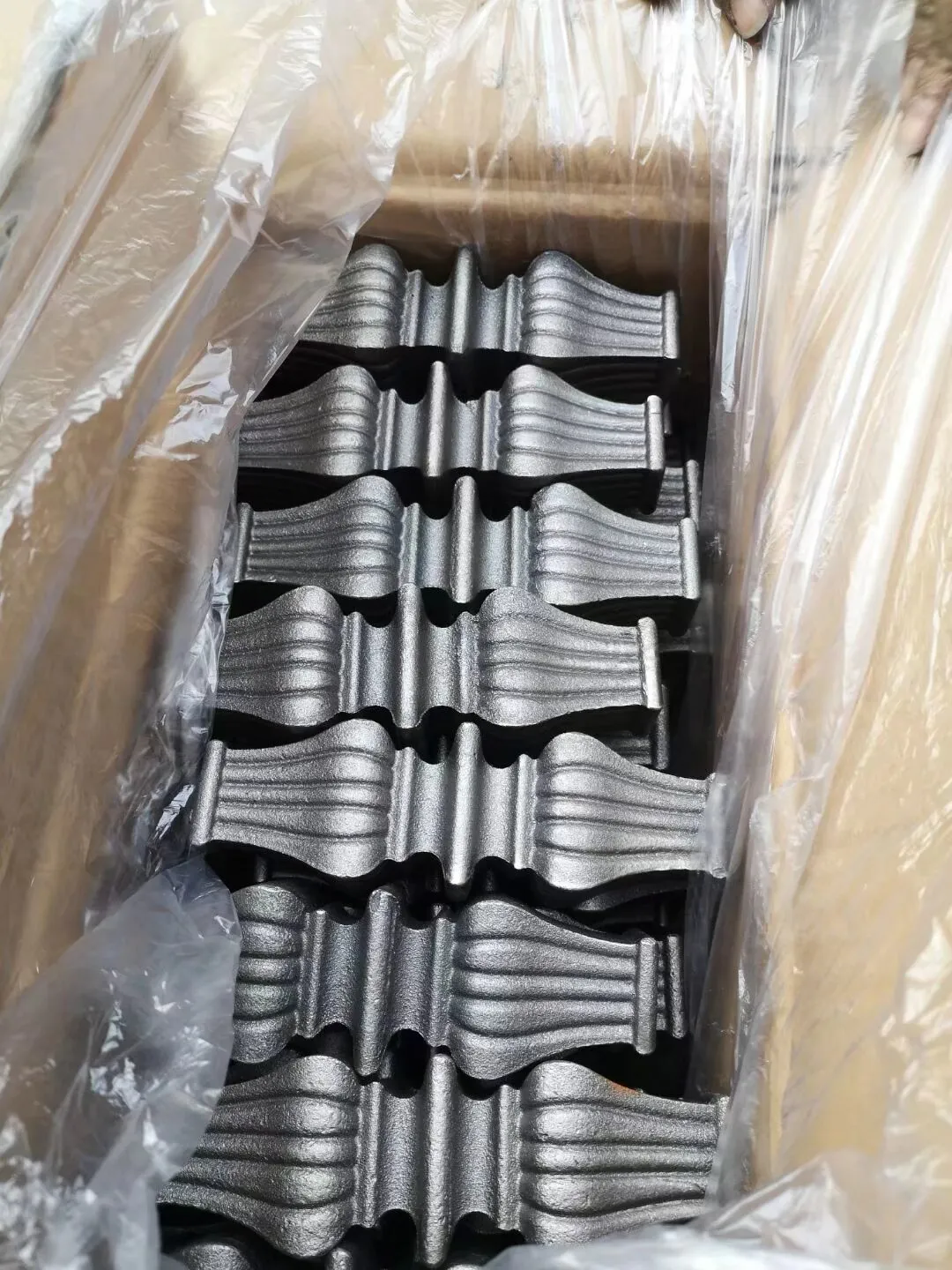gate welding
Gate Welding A Comprehensive Guide
Gate welding is an essential process in the construction of sturdy fences, gates, and various metal structures. It involves the joining of metal components to create a robust and durable gate that can withstand the test of time and elements. This technique is crucial for both security and aesthetic purposes, making it a favored choice among homeowners, businesses, and industrial applications. This article will delve into the fundamental aspects of gate welding, including materials, techniques, benefits, and best practices.
Materials Used in Gate Welding
The choice of materials is critical in gate welding, as it significantly impacts the strength, durability, and appearance of the finished product. The most commonly used materials include
1. Steel Known for its strength and versatility, steel is often used in gate construction. It can be galvanized to prevent rusting and extend its lifespan. 2. Aluminum Lightweight and resistant to corrosion, aluminum gates are easier to handle and install. They are ideal for decorative purposes and come in various designs. 3. Iron Wrought iron gates are famous for their classic appearance and security features. However, they require regular maintenance to prevent rust. 4. Stainless Steel Combining strength with resistance to corrosion, stainless steel is an excellent choice for modern gates that require a sleek finish.
Welding Techniques
Several welding techniques can be employed in gate construction, depending on the materials and design requirements. The most common methods include
1. MIG Welding (Metal Inert Gas) This method uses a continuous wire electrode and inert gas to produce a clean and strong weld. It’s suitable for both steel and aluminum gates. 2. TIG Welding (Tungsten Inert Gas) TIG welding offers greater control and precision, making it ideal for complex designs and thin materials. It is often used with stainless steel and aluminum gates. 3. Stick Welding (Shielded Metal Arc Welding) While less common for gates, stick welding can be used for thicker steel gates. It’s a versatile method that works well outdoors. 4. Spot Welding Typically used in the production of lighter gates, spot welding joins two metal pieces at specific points, creating a quick and effective joint.
Benefits of Gate Welding
gate welding

The advantages of welded gates are numerous. Firstly, welded gates offer exceptional strength and durability compared to other types of gates, such as those made from pre-fabricated materials. This robustness ensures they can withstand impacts, harsh weather conditions, and general wear and tear.
Secondly, welding allows for greater design flexibility. Welded gates can be customized to suit any architectural style, from modern minimalism to classic grandeur. This adaptability contributes to curb appeal and property value.
Additionally, welded gates require minimal maintenance. Unlike gates assembled with nuts and bolts, welded gates do not have parts that can loosen over time, leading to lower upkeep costs and increased longevity.
Best Practices in Gate Welding
To achieve the best results in gate welding, several best practices should be followed
1. Preparation Ensure that all surfaces are clean and free from rust, paint, or oil. Proper preparation enhances the quality of the weld. 2. Correct Settings Adjust the welding machine settings according to the type and thickness of the material being welded. 3. Safety Gear Always wear appropriate personal protective equipment (PPE), including gloves, helmets, and safety glasses. 4. Quality Checks After welding, inspect the joints for consistency and strength. Any inconsistencies should be addressed immediately.
Conclusion
Gate welding is an invaluable skill that brings together functionality and artistry, resulting in strong, beautiful gates that enhance property security and curb appeal. Whether you’re a professional welder or a DIY enthusiast, understanding the materials, techniques, and best practices in gate welding is essential for achieving high-quality results. With the right approach, welded gates can serve their purpose effectively for many years, showcasing both strength and elegance in any setting.
-
Wrought Iron Components: Timeless Elegance and Structural StrengthNewsJul.28,2025
-
Window Hardware Essentials: Rollers, Handles, and Locking SolutionsNewsJul.28,2025
-
Small Agricultural Processing Machines: Corn Threshers, Cassava Chippers, Grain Peelers & Chaff CuttersNewsJul.28,2025
-
Sliding Rollers: Smooth, Silent, and Built to LastNewsJul.28,2025
-
Cast Iron Stoves: Timeless Heating with Modern EfficiencyNewsJul.28,2025
-
Cast Iron Pipe and Fitting: Durable, Fire-Resistant Solutions for Plumbing and DrainageNewsJul.28,2025
-
 Wrought Iron Components: Timeless Elegance and Structural StrengthJul-28-2025Wrought Iron Components: Timeless Elegance and Structural Strength
Wrought Iron Components: Timeless Elegance and Structural StrengthJul-28-2025Wrought Iron Components: Timeless Elegance and Structural Strength -
 Window Hardware Essentials: Rollers, Handles, and Locking SolutionsJul-28-2025Window Hardware Essentials: Rollers, Handles, and Locking Solutions
Window Hardware Essentials: Rollers, Handles, and Locking SolutionsJul-28-2025Window Hardware Essentials: Rollers, Handles, and Locking Solutions -
 Small Agricultural Processing Machines: Corn Threshers, Cassava Chippers, Grain Peelers & Chaff CuttersJul-28-2025Small Agricultural Processing Machines: Corn Threshers, Cassava Chippers, Grain Peelers & Chaff Cutters
Small Agricultural Processing Machines: Corn Threshers, Cassava Chippers, Grain Peelers & Chaff CuttersJul-28-2025Small Agricultural Processing Machines: Corn Threshers, Cassava Chippers, Grain Peelers & Chaff Cutters












